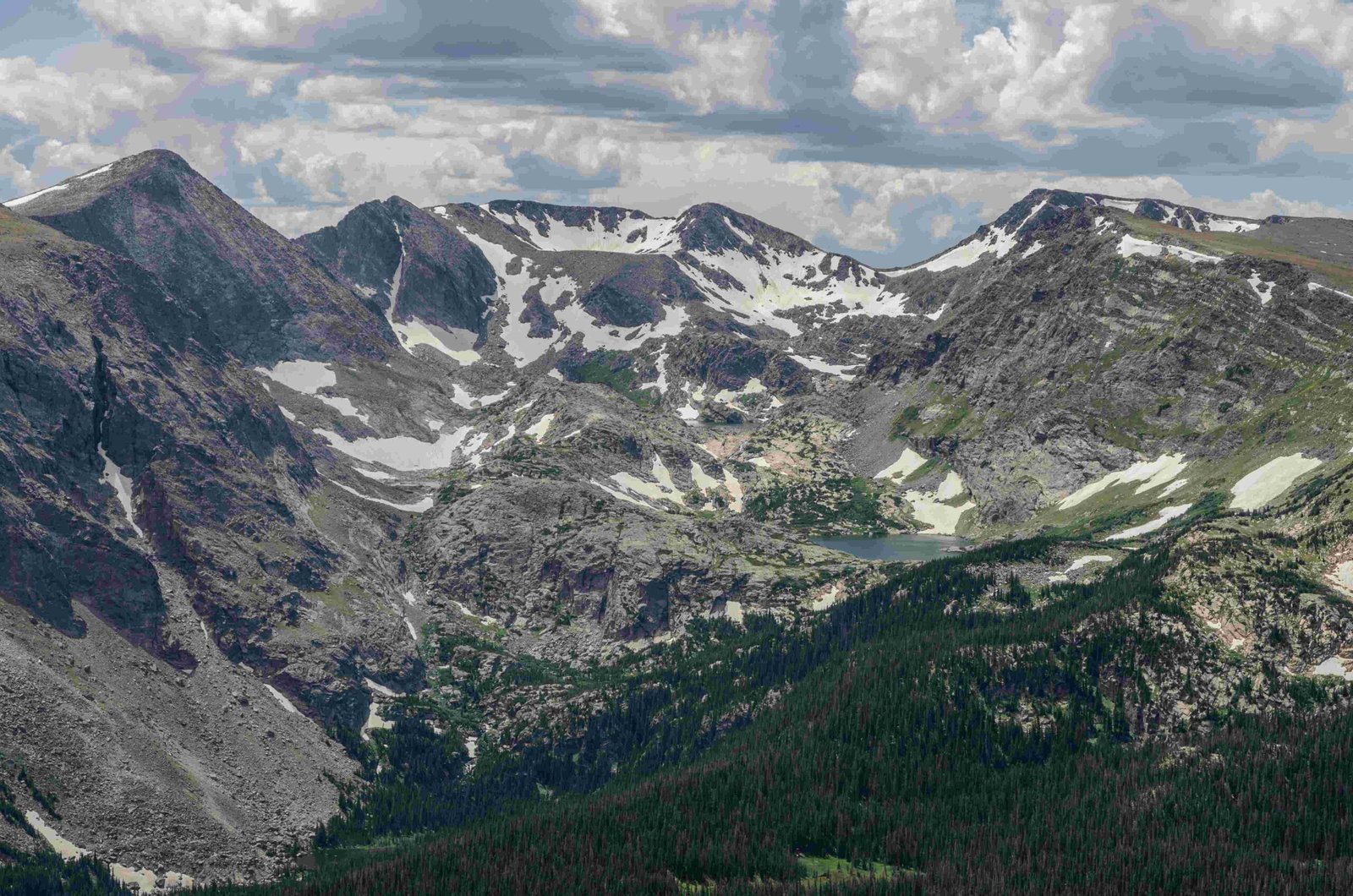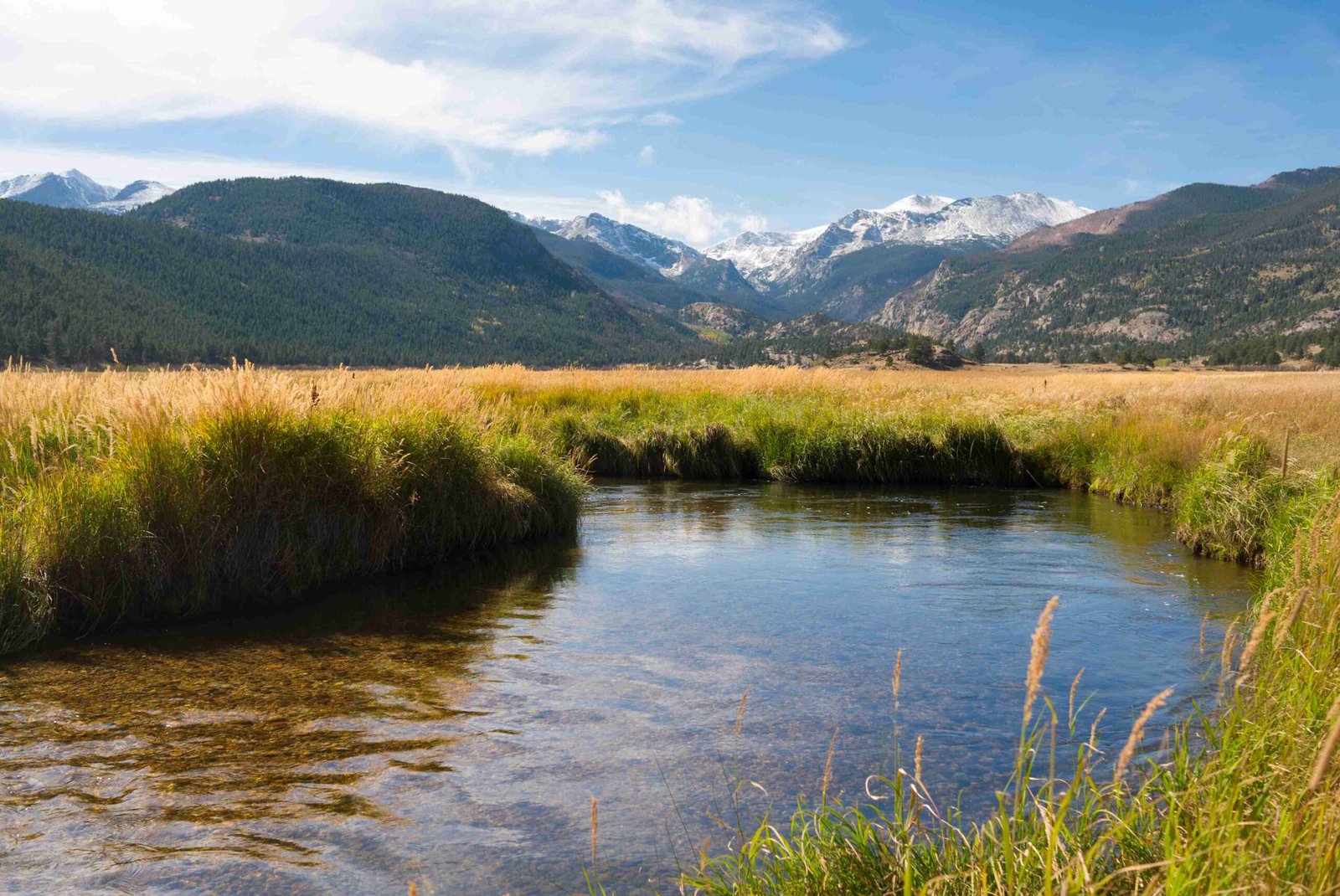The Rocky Mountain National Park greenback cutthroat trout is a native species of significant ecological and historical importance. This endangered fish, once thought to be extinct, has been the focus of intensive conservation efforts within the park. The greenback cutthroat thrives in cold, clear mountain streams and lakes, playing a crucial role in the park’s aquatic ecosystem. Recent genetic research and reintroduction programs have brought new hope for the species’ survival, making it a symbol of conservation success in the Rocky Mountains.
What are the Specific Habitats for Greenback Cutthroat Trout in Rocky Mountain National Park?

Greenback cutthroat trout in Rocky Mountain National Park have specific habitat requirements:
- Cold, clear, well-oxygenated streams and lakes
- Higher elevations with colder water temperatures
- Abundant pools and runs
- Clean gravel for spawning
- Rich supply of aquatic insects for food
These habitats typically include:
- Streams: Fast-flowing mountain streams with plenty of riffles and pools
- Lakes: High-altitude lakes with clear, cold water
- Surrounding Vegetation: Alpine and subalpine areas that help maintain water quality
Historically, these trout were found only in the lower reaches of the park due to natural barriers like waterfalls. However, conservation efforts have expanded their range within the park.
What are the Fishing Regulations for Greenback Cutthroat Trout in the Park?

To protect the vulnerable greenback cutthroat population, Rocky Mountain National Park enforces strict fishing regulations:
| Regulation | Details |
|---|---|
| Catch Limits | Strict catch-and-release policy for native trout species |
| Permitted Methods | Only artificial lures and flies allowed; bait prohibited |
| Seasonal Restrictions | Fishing allowed from July 1 to October 31 |
| Additional Rules | Check park regulations for specific water body restrictions |
These regulations are designed to minimize impact on the native fish populations while still allowing anglers to enjoy the park’s fishing opportunities.
How are Conservation Efforts Protecting the Greenback Cutthroat Trout?
Conservation efforts for the Rocky Mountain National Park greenback cutthroat trout are comprehensive and involve multiple agencies:
- Recovery Programs:
- Long-range recovery program initiated in 1975
-
Collaboration between the park and U.S. Fish and Wildlife Service
-
Restoration Techniques:
- Removal of non-native fish species
- Reintroduction of genetically pure greenback cutthroat trout
-
Continuous population monitoring
-
Hatchery Involvement:
- Leadville National Fish Hatchery develops brood stocks
-
Other hatcheries support reintroduction efforts
-
Funding Sources:
- Consortium of state and federal wildlife agencies
-
Conservation groups like Trout Unlimited
-
Success Metrics:
- Establishment of self-sustaining populations
- Genetic purity of reintroduced fish
- Overall health and abundance of trout populations
Recent genetic research has identified the last remaining \”true\” greenback population, marking a significant milestone in recovery efforts.
Where are the Best Trails for Greenback Cutthroat Fishing in the Park?
While no trails are exclusively designated for greenback cutthroat fishing, several areas in Rocky Mountain National Park are known for trout fishing:
- Loch Vale
- Trail: Loch Vale Trail
- Distance: 5.7-mile round-trip
- Difficulty: Moderate
-
Features: Stocked with native trout
-
Fern Lake
- Trail: Fern Lake Trail
- Distance: 7.8-mile round-trip
- Difficulty: Moderate to challenging
-
Features: Known for trout fishing opportunities
-
Sprague Lake
- Trail: Sprague Lake Loop
- Distance: 0.5-mile loop
- Difficulty: Easy
- Features: Accessible, known for trout fishing
Always check with park rangers and review current fishing regulations before fishing in these areas.
What is the Historical Significance of Greenback Cutthroat in Rocky Mountain National Park?
The greenback cutthroat trout holds a special place in the history of Rocky Mountain National Park:
- Native Species: One of the few native trout species in Colorado
- Near Extinction: Thought to be extinct in the 1930s due to overfishing and competition from introduced species
- Rediscovery: Small populations discovered in the 1950s
- Conservation Icon: Became a symbol of successful conservation efforts in the park
- State Fish: Designated as Colorado’s state fish in 1994
The journey of the greenback cutthroat from near-extinction to recovery exemplifies the park’s commitment to preserving native species and ecosystems.
How Does Climate Change Affect Greenback Cutthroat in the Park?
Climate change poses significant challenges to the Rocky Mountain National Park greenback cutthroat trout:
- Water Temperature: Rising temperatures can make streams and lakes too warm for these cold-water fish
- Stream Flow: Changes in precipitation patterns affect water levels and flow rates
- Habitat Loss: Melting glaciers and reduced snowpack can alter aquatic habitats
- Food Web Disruption: Changes in insect populations can affect the trout’s food supply
- Competition: Warmer waters may allow non-native species to expand their range
Park managers are monitoring these impacts and considering adaptive strategies to protect the greenback cutthroat in a changing climate.
By understanding the habitat, conservation efforts, and challenges facing the Rocky Mountain National Park greenback cutthroat trout, visitors can better appreciate this iconic species and the efforts to preserve it for future generations.

